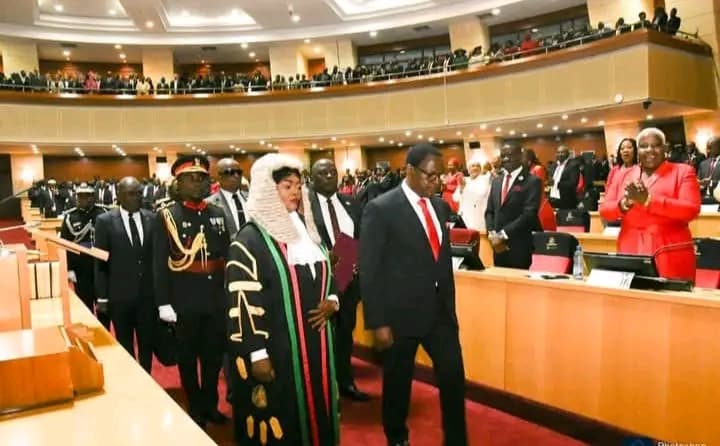By Burnett Munthali
In the wake of national tragedies, a cloud of uncertainty often hovers over the public consciousness.
Questions emerge, facts become blurred, and trust in official narratives starts to waver.
It is during these emotionally charged moments that conspiracy theories find fertile ground to thrive.
Citizens, desperate for answers, often turn to speculation when they feel that the government is withholding the truth or failing to communicate effectively.
In Malawi, as in many parts of the world, the relationship between the state and its people becomes increasingly fragile during times of national crisis.
Whether the issue is a sudden death of a high-profile leader, a mysterious accident, or a controversial policy shift, the government’s ability—or failure—to provide timely and transparent information can determine the direction of national discourse.
When authorities appear evasive, slow, or vague in their response, public suspicion intensifies.
Instead of clarity, citizens are left with a mixture of press statements, rumors, social media narratives, and half-truths.
This information vacuum becomes the perfect environment for conspiracy theories to spread like wildfire.
Social media, while a valuable tool for communication, often accelerates the dissemination of unverified claims, emotional speculation, and politically motivated distortions.
In these moments, public trust becomes both the battlefield and the casualty.
People begin to ask: Was this really an accident?
Was someone silenced?
Is the government hiding something?
These are not just questions—they are cries of a population yearning for transparency, reassurance, and accountability.
The government, however, often struggles with the balance between protecting sensitive information and delivering what the public considers the whole truth.
At times, officials respond with rigid statements devoid of empathy, relying on legal formalities rather than genuine engagement.
This only deepens the public’s sense of detachment and skepticism.
What people desire is not just information but also honesty, humility, and emotional intelligence in times of sorrow and confusion.
Leaders who communicate promptly, clearly, and compassionately can counteract misinformation before it becomes entrenched.
Unfortunately, in some crises, silence or delayed responses by authorities are interpreted as complicity, cover-up, or incompetence.
This perception can lead to long-term damage to the credibility of public institutions.
It also provides an opening for political opportunists to exploit public fear and confusion for their own agendas.
In such scenarios, truth becomes a contested space—no longer a matter of fact, but a matter of belief.
When conspiracy becomes easier to believe than the official version of events, a society begins to lose its grip on shared reality.
This is dangerous not only for governance but for national cohesion and democratic resilience.
In order to counteract this, governments must rethink their communication strategies during national emergencies.
Transparency should not be treated as a threat, but as a responsibility.
Even when all the answers are not yet known, communicating what is known, what is being investigated, and what steps are being taken is essential.
This builds credibility even in the absence of closure.
Moreover, involving independent institutions and civil society in crisis responses can increase public confidence in the process.
Allowing journalists to ask tough questions, opening the floor for dialogue, and acknowledging public grief and anger are part of a democratic response to tragedy.
People are more likely to trust a government that admits its limitations than one that pretends to know it all while offering nothing.
Ultimately, how a government communicates in times of crisis reflects how it values its citizens.
To navigate the blurred lines between conspiracy and tragedy, the path must be lit by truth, transparency, and empathy.
Only then can a nation begin to heal from its wounds and stand united in the face of uncertainty.
Let me know if you’d like help adapting this for a particular publication (e.g., Maravi Post or 247 Malawi), or adding case examples like the death of Dr. Saulos Chilima or any other specific Malawian context.





